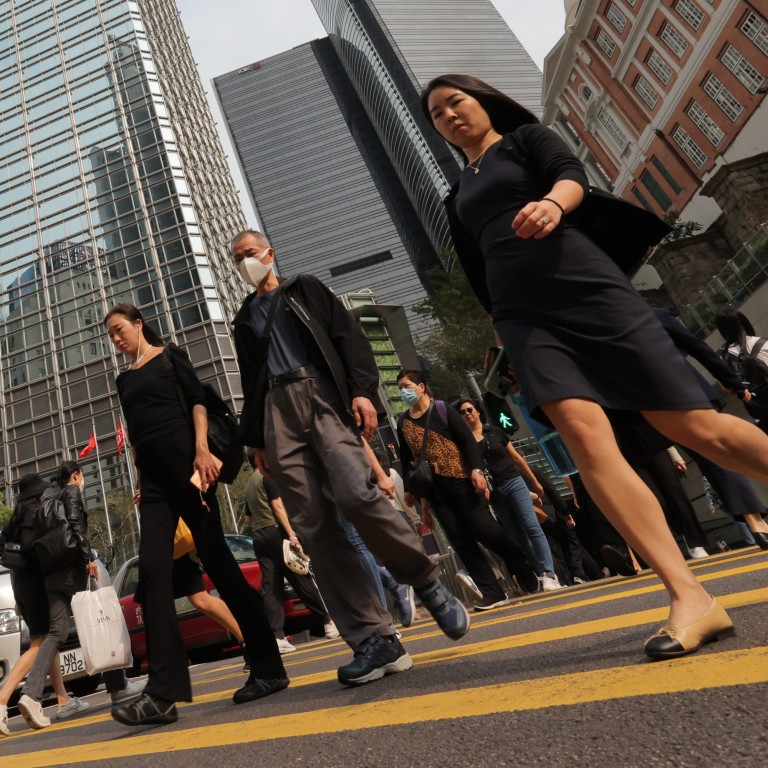
As more in Asia work from home, firms should realise there’s ‘no one-size-fits-all solution’
- The debate over flexible work arrangements is intensifying as companies go back on their pledges to establish work-from-home as a right
- Instead of pushing back, leaders can undergo training on managing remote workers, while firms should look at success stories of organisations that have embraced hybrid work
In 2022, it seemed the debate about remote work was largely settled – or so we thought. Employers appeared understanding of workers’ need for flexibility, not to be tethered to a physical office five days a week.
It did not appear that most employees seeking the option to work from home (WFH) desired unlimited rights to do so post-Covid. Instead, many found flexible arrangements – WFH two to three days weekly – a net positive for their productivity and mental well-being.
However, a year on, the debate not only persists in many economies but is, in fact, intensifying. This may partly be due to employers reneging on pledges to establish WFH as a right.
Why Hongkongers are in tug of war with ‘old school’ bosses over returning to office

This intensification of the WFH debate is not limited to these specific examples. A survey of 35,000 workers and employers in 34 countries, by the ifo Centre for Macroeconomics and Surveys in Hamburg and Stanford University, found that workers desire two WFH days weekly, double what employers prefer.
Although workers’ demands differ across economies, there seems to be a consensus that the gap between workers’ desires and employers’ expectations regarding WFH is substantial and widening.
Jim Stanford, director of the Centre for Future Work at the Australia Institute, suggests this situation sets the stage for a “historic confrontation” between workers and employers.
But is an ugly fight inevitable? Not necessarily, if both sides are open to compromise. The overwhelming desire for employers wanting workers back in the office seems largely tied to productivity monitoring. If this is the case, perhaps managers can do with more formal training on how to manage remote workers. This could include, but is not limited to, being more effective communicators over text messaging.
From Singapore to Hong Kong and Japan, is a 4-day work week a pipe dream?
Furthermore, more effort should be put into ensuring that the physical workplace is somewhere workers want to be in if there are mandated work-from-office days. It cannot be the case that workers are expected to show up in the office on these days, but there is nothing fun happening, or it’s just the same WFH routines and meetings taking place.
Employers should also look at WFH success stories and consider whether those experiences can be replicated. One of the all-stars of WFH is the Illinois-headquartered insurer Allstate, which allows some 82 per cent of its 57,000 employees in the US to work remotely. It simultaneously shrank its real estate footprint.
Applications have soared, and there has been an over 30 per cent increase in diverse candidates. A top executive said the policy change allowed the firm to “find the best talent”.
If you’ve read this far, you’ll have guessed that I am overwhelmingly in favour of more WFH. I wholeheartedly agree with the sentiment expressed by some 200 Apple employees in an open letter to their company leadership last year: “Please get out of our way, there is no one-size-fits-all solution, let us decide how we work best, and let us do the best work of our lives.”
Bhavan Jaipragas is the Post’s Asia Editor.

